Below is complete code to read mnist and convert it to cv Mat:
uint32_t swap_endian(uint32_t val) {
val = ((val << 8) & 0xFF00FF00) | ((val >> 8) & 0xFF00FF);
return (val << 16) | (val >> 16);
}
void read_mnist_cv(const char* image_filename, const char* label_filename){
// Open files
std::ifstream image_file(image_filename, std::ios::in | std::ios::binary);
std::ifstream label_file(label_filename, std::ios::in | std::ios::binary);
// Read the magic and the meta data
uint32_t magic;
uint32_t num_items;
uint32_t num_labels;
uint32_t rows;
uint32_t cols;
image_file.read(reinterpret_cast<char*>(&magic), 4);
magic = swap_endian(magic);
if(magic != 2051){
cout<<"Incorrect image file magic: "<<magic<<endl;
return;
}
label_file.read(reinterpret_cast<char*>(&magic), 4);
magic = swap_endian(magic);
if(magic != 2049){
cout<<"Incorrect image file magic: "<<magic<<endl;
return;
}
image_file.read(reinterpret_cast<char*>(&num_items), 4);
num_items = swap_endian(num_items);
label_file.read(reinterpret_cast<char*>(&num_labels), 4);
num_labels = swap_endian(num_labels);
if(num_items != num_labels){
cout<<"image file nums should equal to label num"<<endl;
return;
}
image_file.read(reinterpret_cast<char*>(&rows), 4);
rows = swap_endian(rows);
image_file.read(reinterpret_cast<char*>(&cols), 4);
cols = swap_endian(cols);
cout<<"image and label num is: "<<num_items<<endl;
cout<<"image rows: "<<rows<<", cols: "<<cols<<endl;
char label;
char* pixels = new char[rows * cols];
for (int item_id = 0; item_id < num_items; ++item_id) {
// read image pixel
image_file.read(pixels, rows * cols);
// read label
label_file.read(&label, 1);
string sLabel = std::to_string(int(label));
cout<<"lable is: "<<sLabel<<endl;
// convert it to cv Mat, and show it
cv::Mat image_tmp(rows,cols,CV_8UC1,pixels);
// resize bigger for showing
cv::resize(image_tmp, image_tmp, cv::Size(100, 100));
cv::imshow(sLabel, image_tmp);
cv::waitKey(0);
}
delete[] pixels;
}
Usage:
string base_dir = "/home/xy/caffe-master/data/mnist/";
string img_path = base_dir + "train-images-idx3-ubyte";
string label_path = base_dir + "train-labels-idx1-ubyte";
read_mnist_cv(img_path.c_str(), label_path.c_str());
Output as below:

